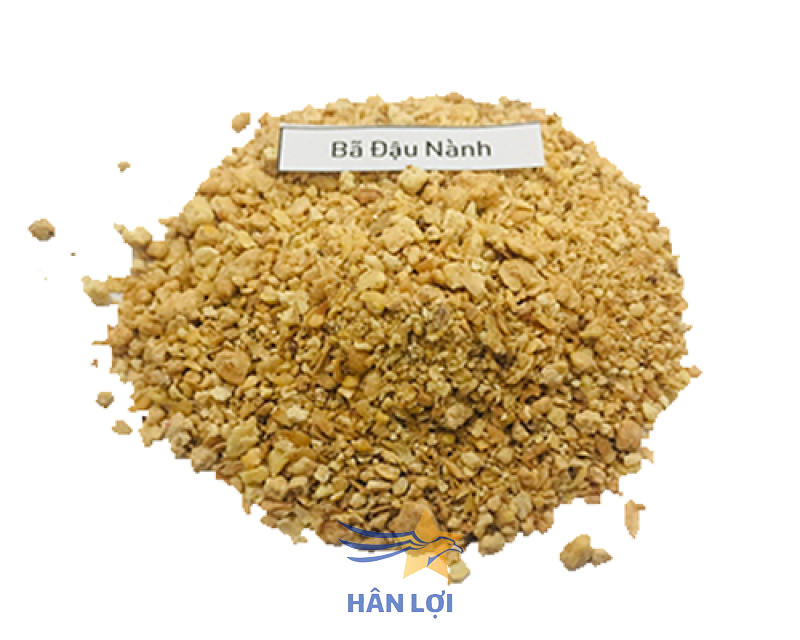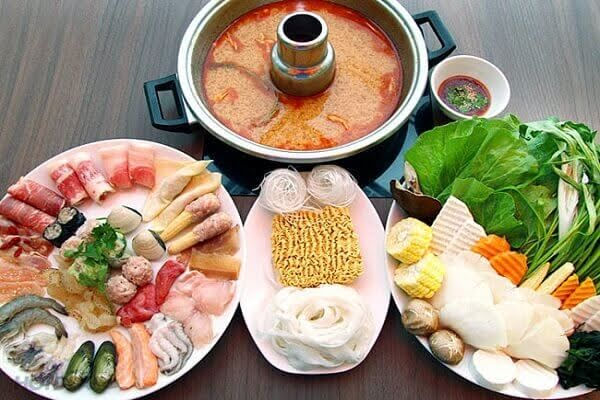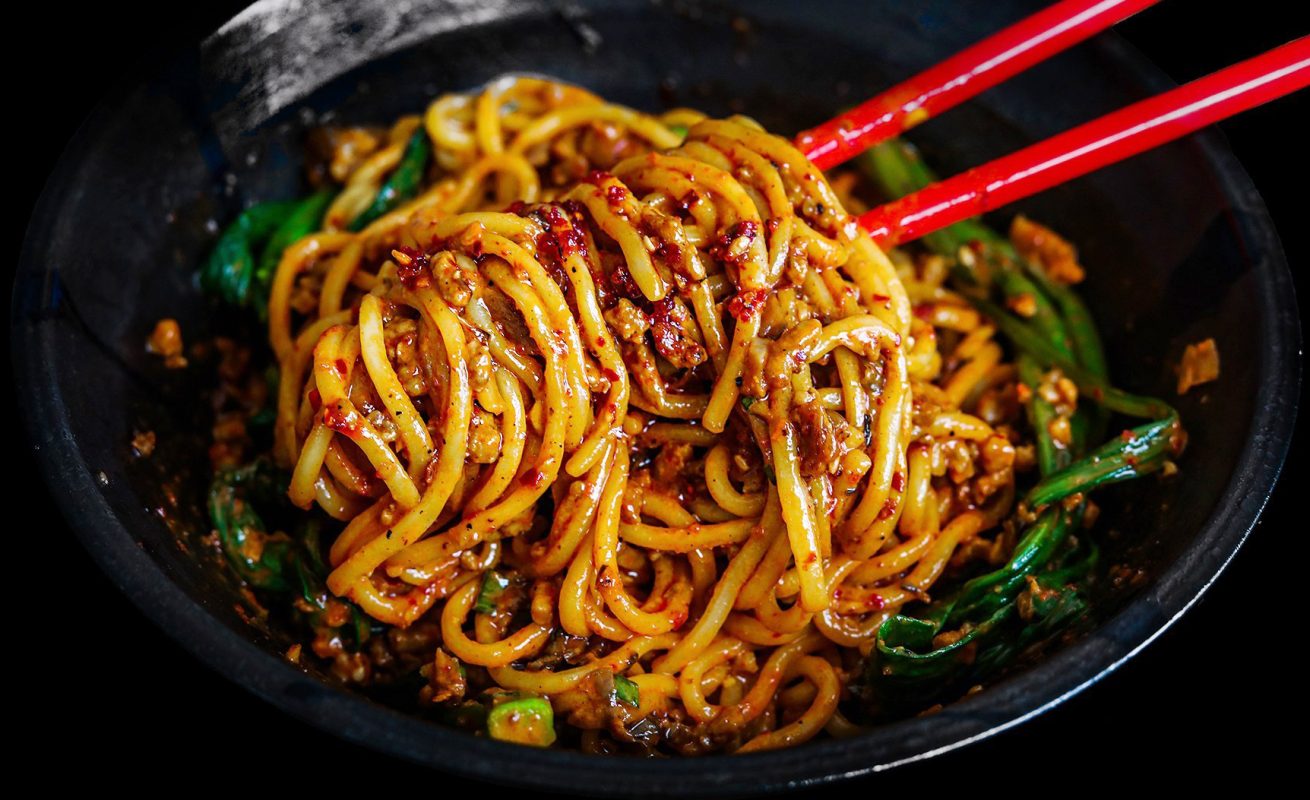No products in the cart.
Ikuradon: Cách Nấu Cơm Trứng Cá Hồi Nhật Bản, Nguyên Liệu Ikuradon là một món ăn Nhật Bản truyền thống và phổ biến, được chế biến đơn giản nhưng mang đến hương vị hấp dẫn. Món ăn này kết hợp cơm trắng với ikura (trứng cá hồi) và thường được thêm vào các nguyên liệu […]









